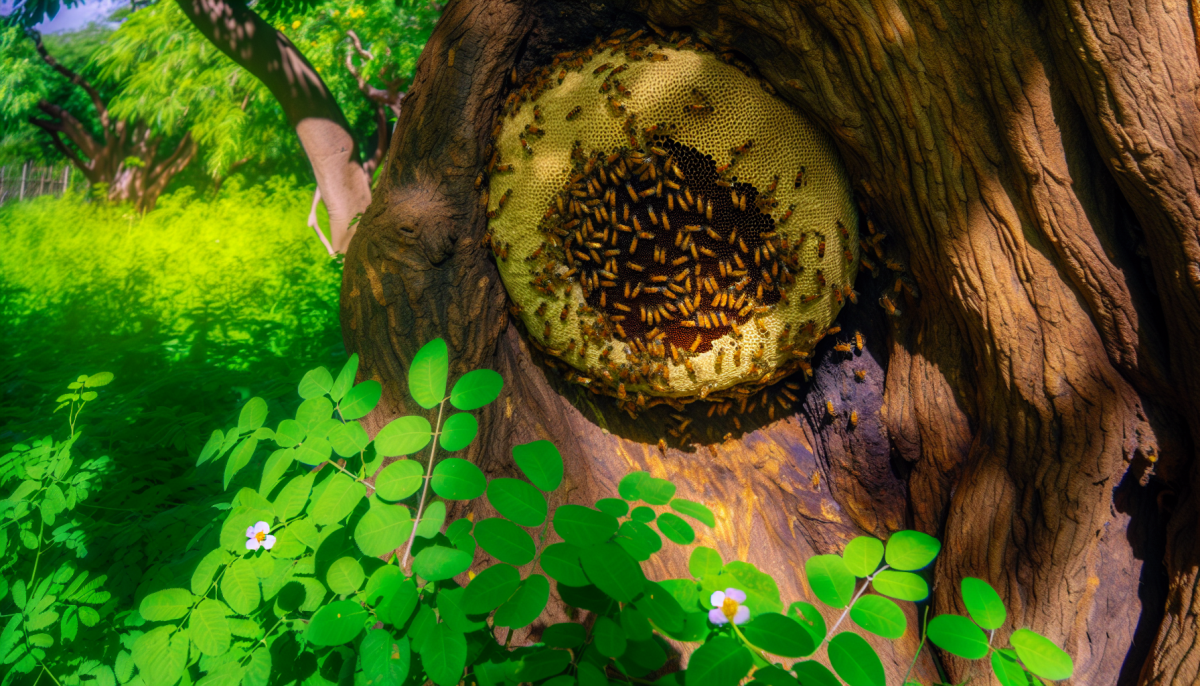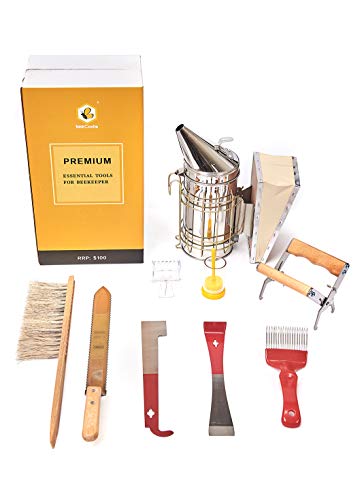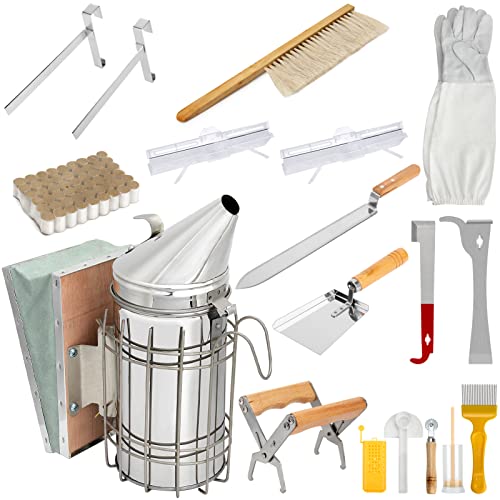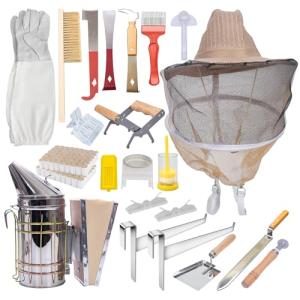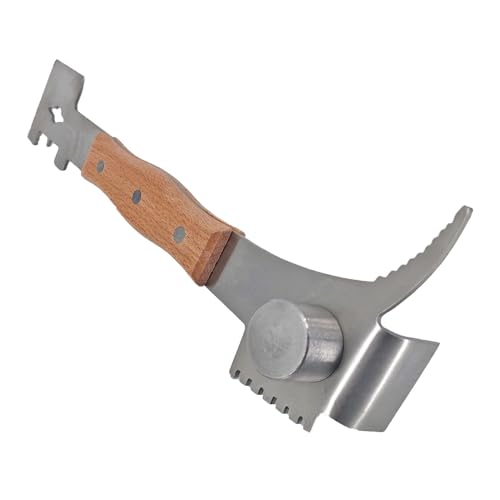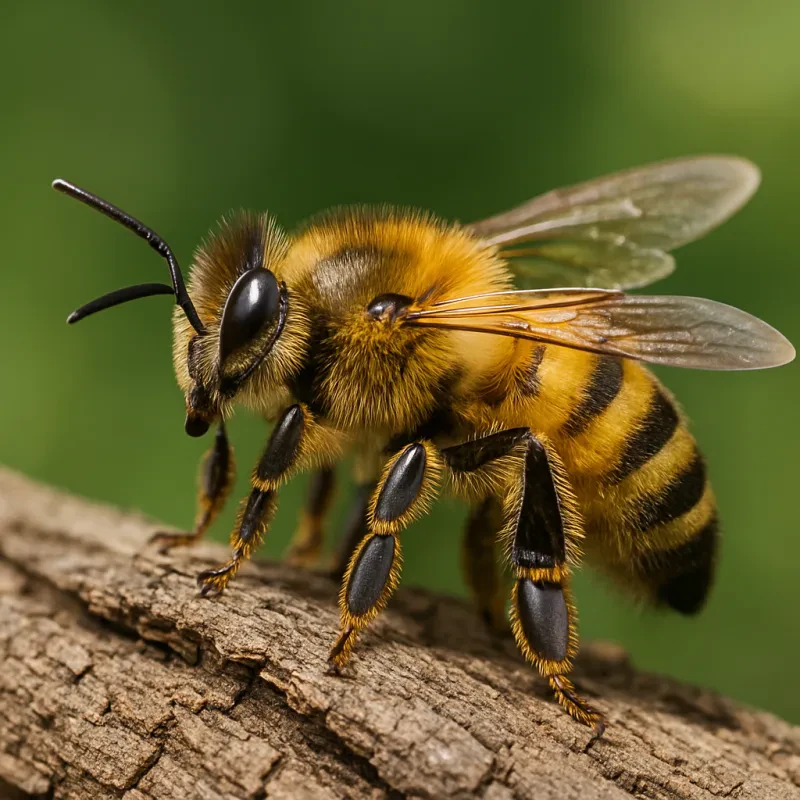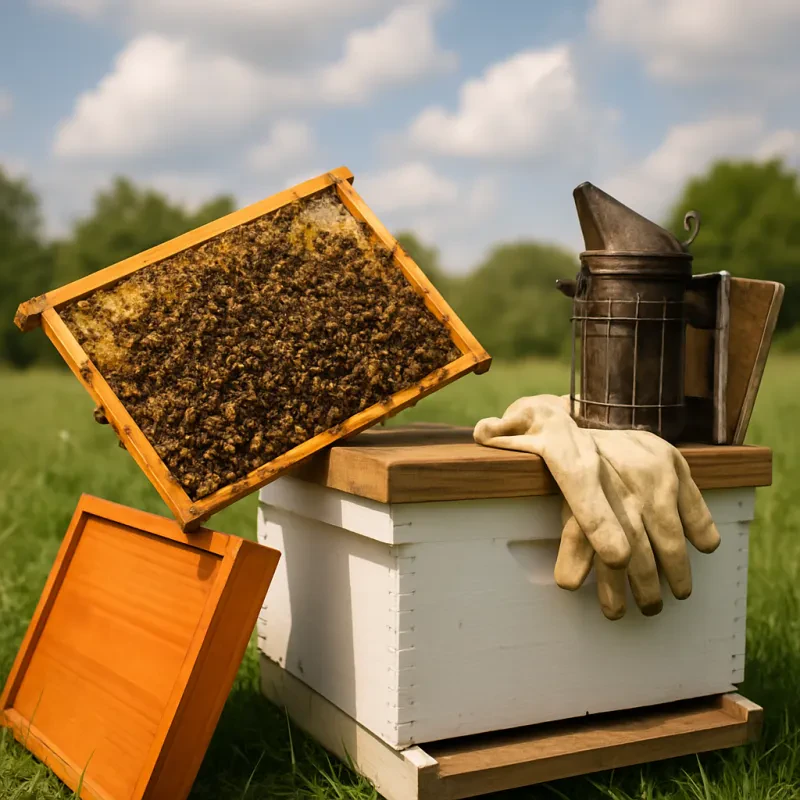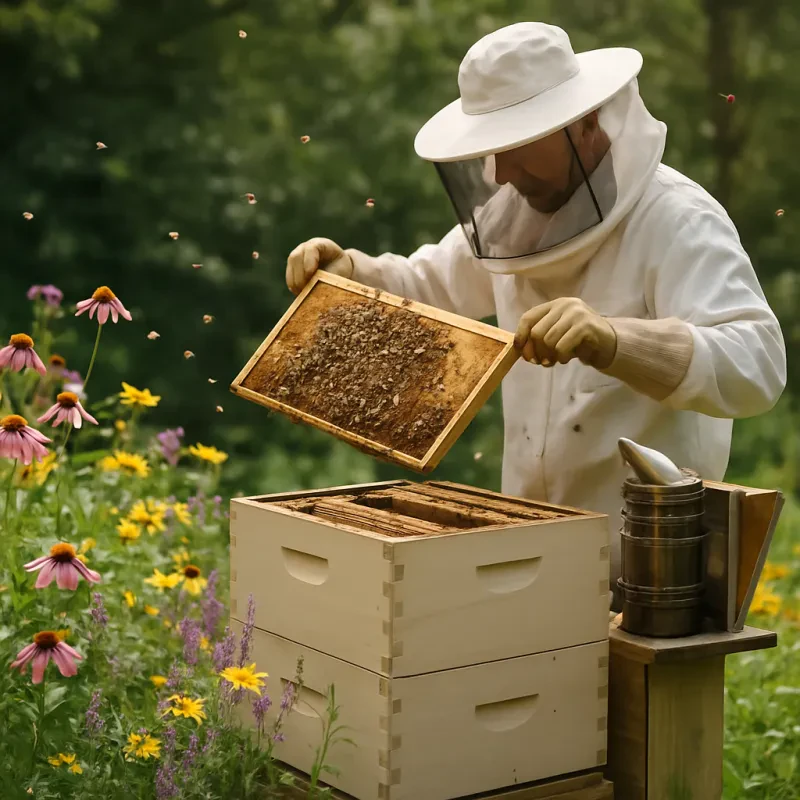When it comes to choosing a home, honey bees are surprisingly picky. They don’t just settle anywhere; they look for a honey bee nest that meets their specific needs. So what makes a perfect spot for these busy little pollinators?
First off, honey bees prefer places that are sheltered from the elements. They're on the lookout for spots that protect them from wind and rain. Hollow trees, cavities in buildings, and even some old wall spaces can be prime real estate. It’s all about finding a cozy nook that helps keep their hive safe and warm.
Another important factor is accessibility. A honey bee nest needs to be easy to enter and exit. Bees like locations where they can easily forage for nectar and pollen nearby. This not only helps them gather food quickly but also ensures a steady supply of resources for their colony.
Lastly, the scent plays a huge role in their nest selection. Honey bees can detect pheromones and other natural scents, which helps them choose a site that feels just right. When they find a location that smells inviting and meets their requirements for safety and accessibility, they’re ready to make it their hive!
Signs of a Hidden Bee Nest
Spotting a hidden honey bee nest can be tricky, but there are some signs to look for that can help you out. First, pay attention to the buzz! If you hear a consistent hum in a specific area, that’s a good hint that bees are nearby. The louder the buzz, the closer you might be to finding the nest.
Next, keep an eye on the bees’ flight paths. Watch where they come and go—bees typically have a direct route to collecting nectar and pollen. If you notice them flying back and forth to a specific spot repeatedly, you’re getting warmer. Just remember not to get too close; safety first!
You might also see bees hanging out on or around plants in your garden. If they seem to favor certain flowers or shrubs, they could be using those as a food source while living somewhere close by. Look for clustering behavior, especially in warm weather; that can indicate a nest location nearby.
Lastly, check for other signs like bee droppings or wax scales. These can often be spotted on surfaces under trees or bushes where bees might gather. Just a little bit of careful observation can make all the difference in tracking down a honey bee nest without disturbing the bees too much.
Safe Ways to Locate Honey Bees
Finding a honey bee nest can feel a bit tricky, but with the right tips, you can do it safely and easily. Start by looking for clues in your garden or yard. Honey bees are usually busy buzzing around flowers, so if you see a lot of them in one area, that’s a good sign you’re close to their nest.
Another friendly tip is to pay attention to where the bees are going. If you spot them making a beeline (pun intended!) to a specific location, follow their flight path. They often return to their honey bee nest, which can be hidden in hollow trees, wall cavities, or even under eaves.
If you're unsure about approaching a nest, it’s smart to observe from a distance. Using binoculars can help you get a better view without getting too close. This way, you can watch their activity and note where they seem to be coming and going without disturbing them.
Finally, always prioritize safety! If you do find a honey bee nest and it’s in a spot that could be dangerous (like too close to your home or where kids play), consider calling a local beekeeper. They can safely relocate the nest while ensuring the bees stay healthy and happy.
Tips for Observing Without Disturbing
When you're out looking for a honey bee nest, it’s important to watch from a distance. Observing these amazing creatures without disturbing them helps ensure their safety and maintains their natural behavior. Here are some tips to help you get up close without getting in the way!
1. Stay Calm and Quiet
2. Use the Right Gear
3. Respect Their Space
By following these simple tips, you can enjoy the fascinating world of honey bees while keeping their environment peaceful. Happy observing!
